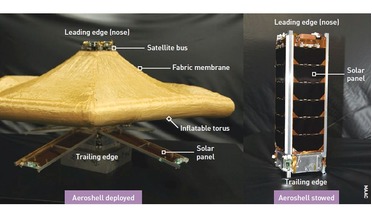 February 2020
Aeroshells – from LEO to Mars
February 2020
Aeroshells – from LEO to Mars
... a 400 km altitude, 51.6 degree inclined orbit. Design changes made for BEAK include a new aeroshell deployment mechanism. Debris mitigation LEO is one of the most commercially valuable regions of outer space (second only to geostationary orbit, GEO...
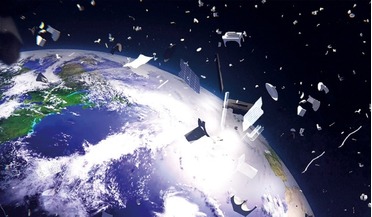 July 2019
Aggression in outer space – time for action
July 2019
Aggression in outer space – time for action
... have not even considered doing so. In any case, much remains to be done to actually reduce the population of orbital debris, while the launch of constellations of hundreds, maybe even thousands, of micro and nanosatellites to LEO will increase the...
 January 2021
Safeguarding space - lessons from decommissioning in the energy industry
January 2021
Safeguarding space - lessons from decommissioning in the energy industry
... that an environment, once damaged, can be regenerated. Terrestrial parallels Current guidelines seek to prevent the creation of new debris, but they are not binding internationally Although the physical aspects of the space domain provide unique...
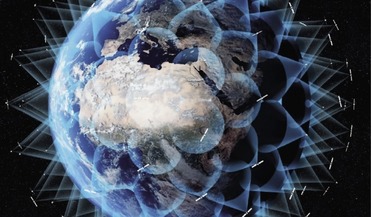 August 2021
Collision avoidance – time for agreement on space sustainability
August 2021
Collision avoidance – time for agreement on space sustainability
... of the IADC, have been more successful in gaining international traction. National regulators will take heed of the debris mitigation guidelines - although they are not obliged to do so – recognising them as best practice for mitigating the creation...
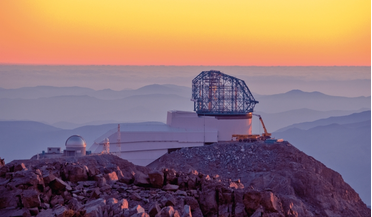 April 2020
Satellite mega-constellations pose threat to ground-based astronomy
April 2020
Satellite mega-constellations pose threat to ground-based astronomy
... Earth, only 2300 of which are functioning satellites. The remainder constitute the population normally known as space debris or space junk, a swarm of objects comprising anything from abandoned satellites and rocket upper stages to fragments from...
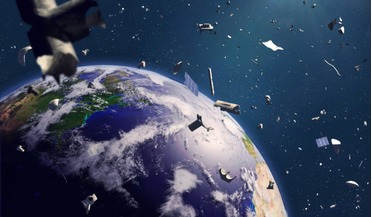 25 November 2021
Astroscale secures multi-million dollar investment from Seraphim
25 November 2021
Astroscale secures multi-million dollar investment from Seraphim
... before. This could lead to further proliferation of artificial debris that poses a threat on the sustainability of commercial operations... Current mitigation measures for low Earth orbit space debris are sub-optimal and include a long-standing ...